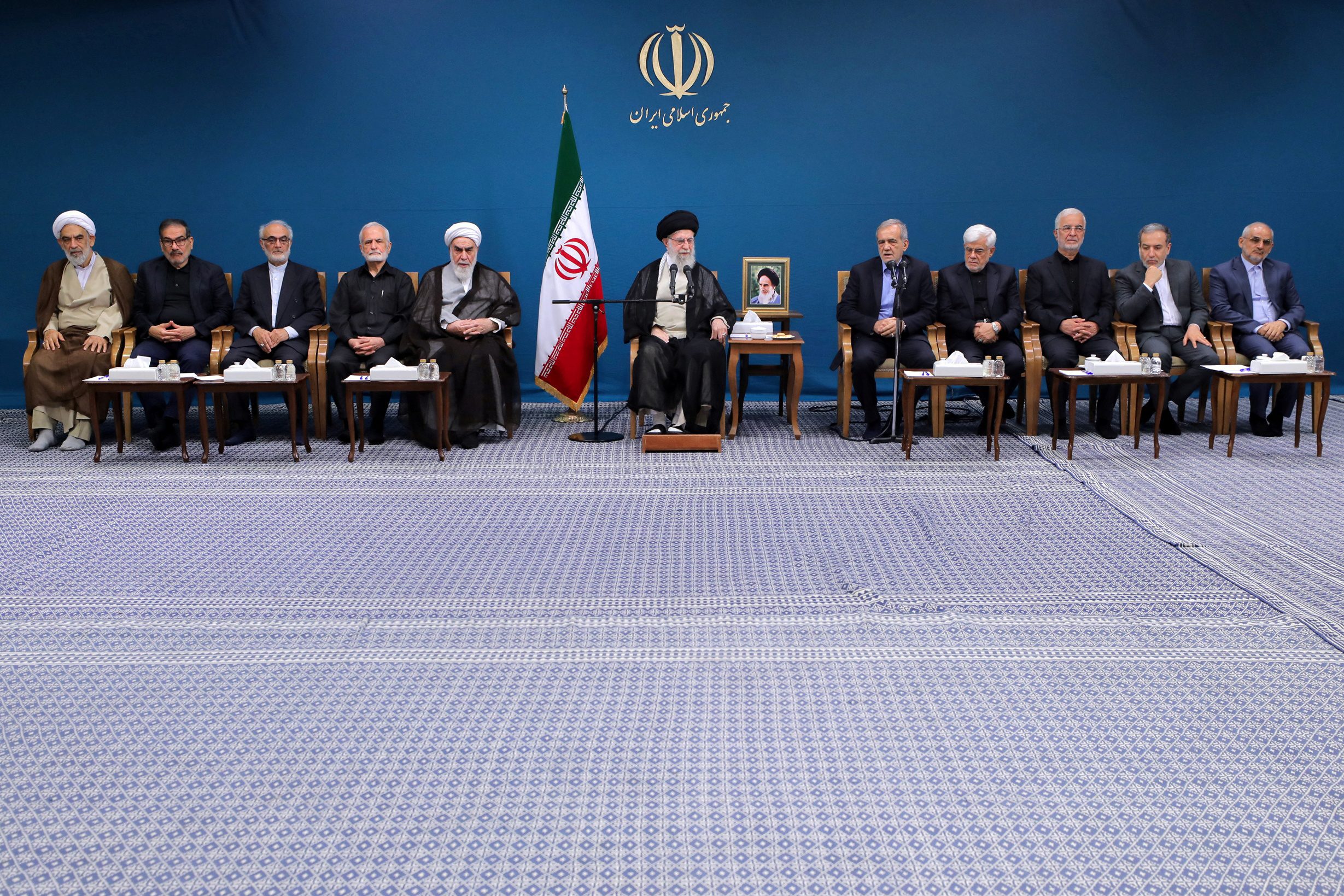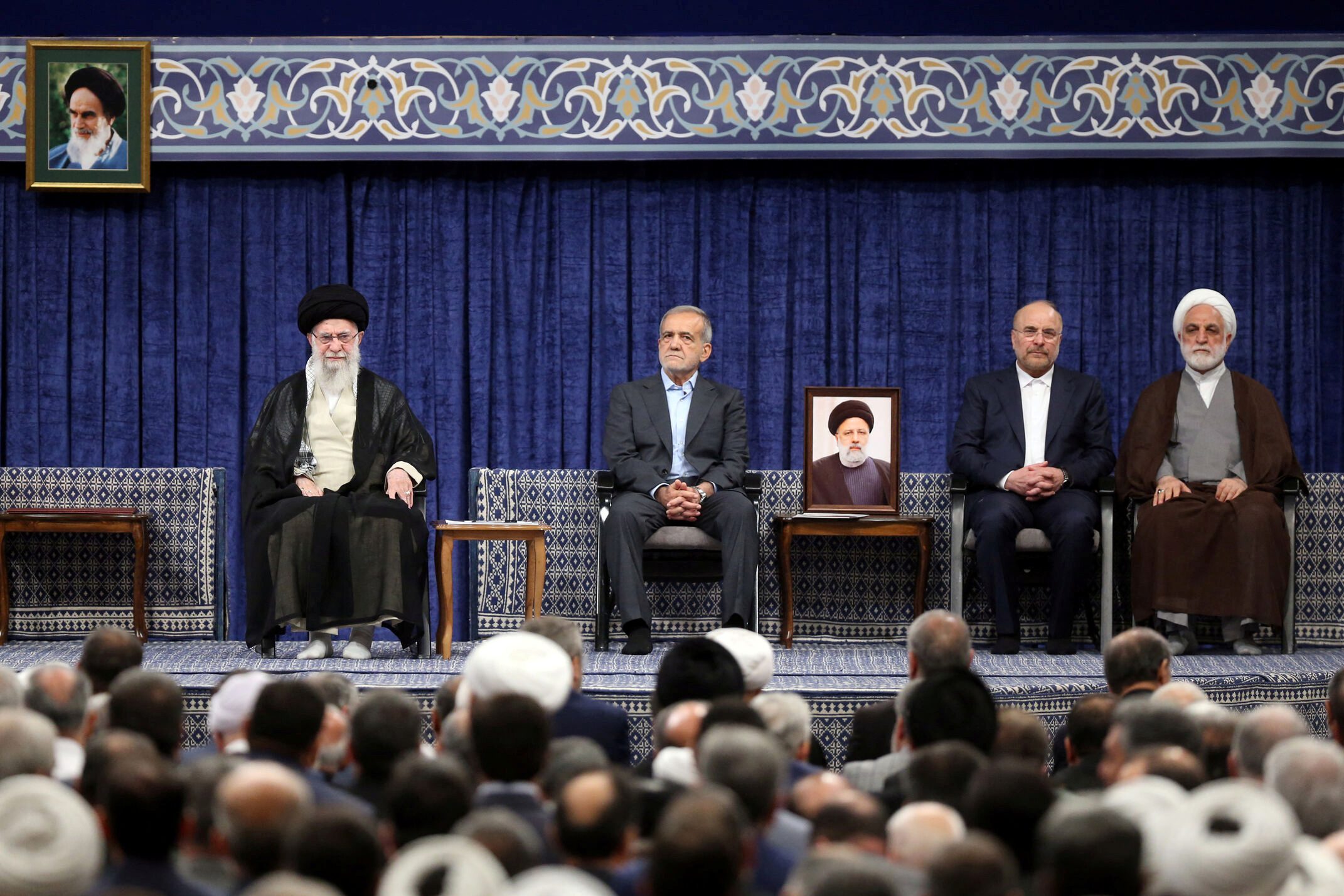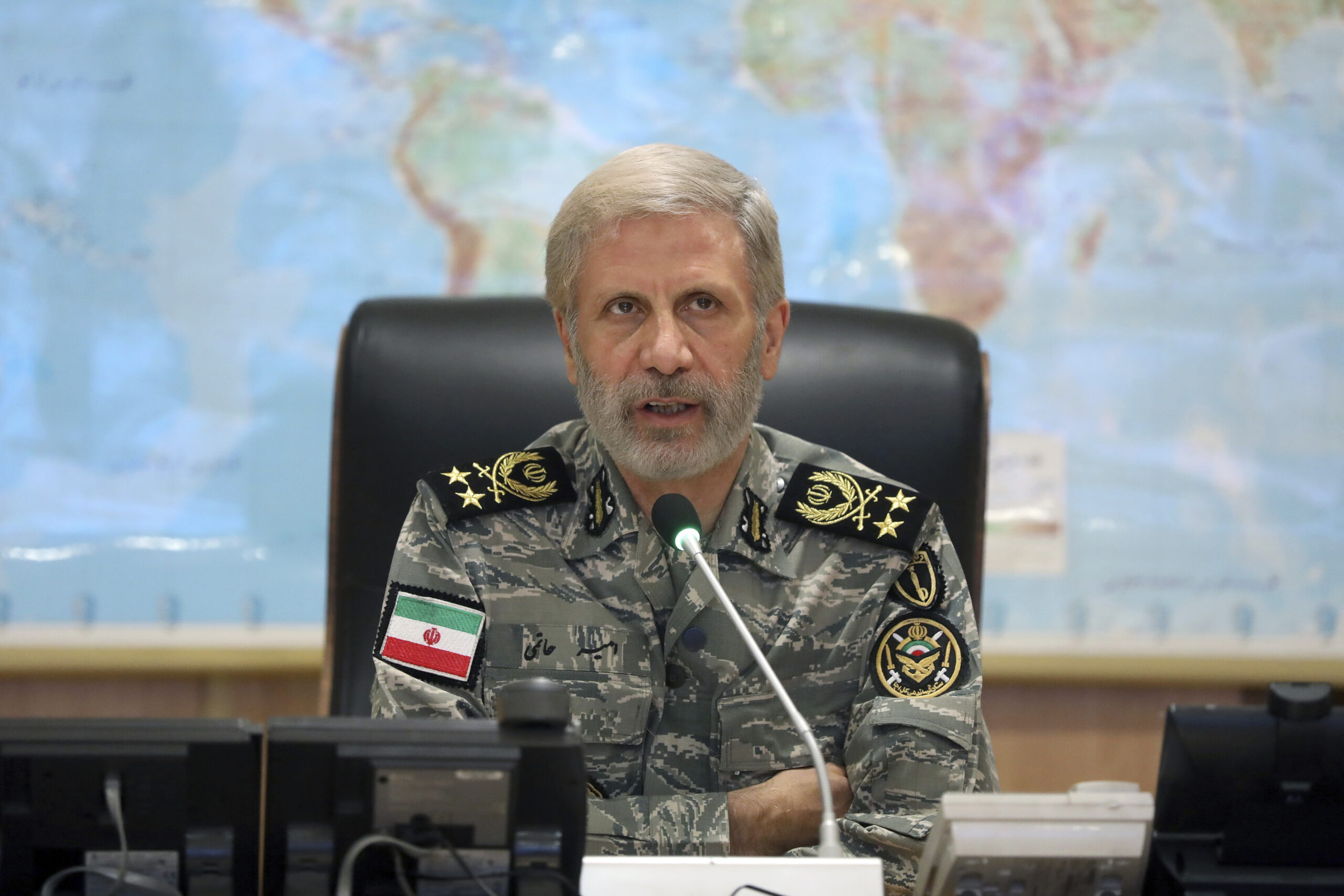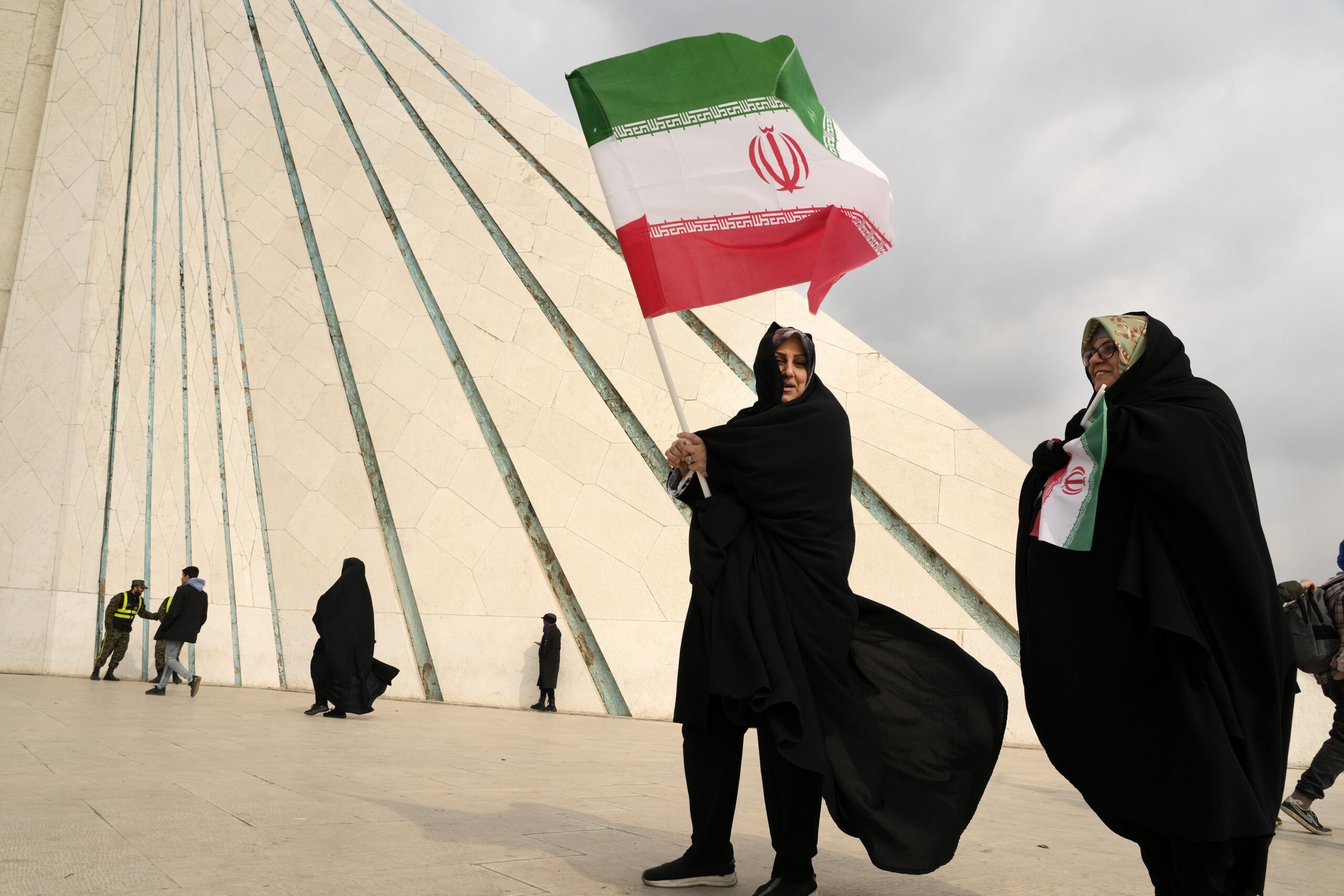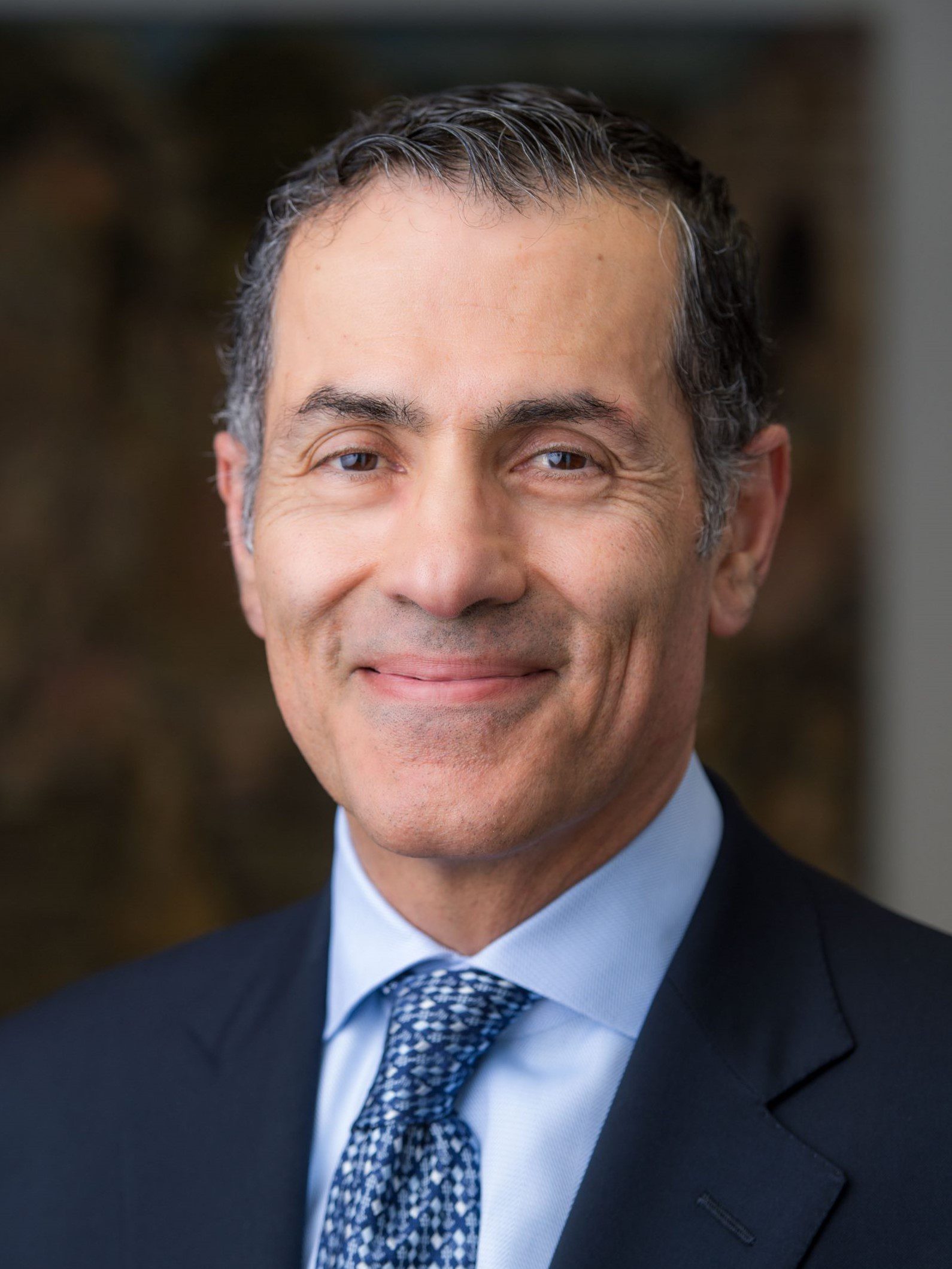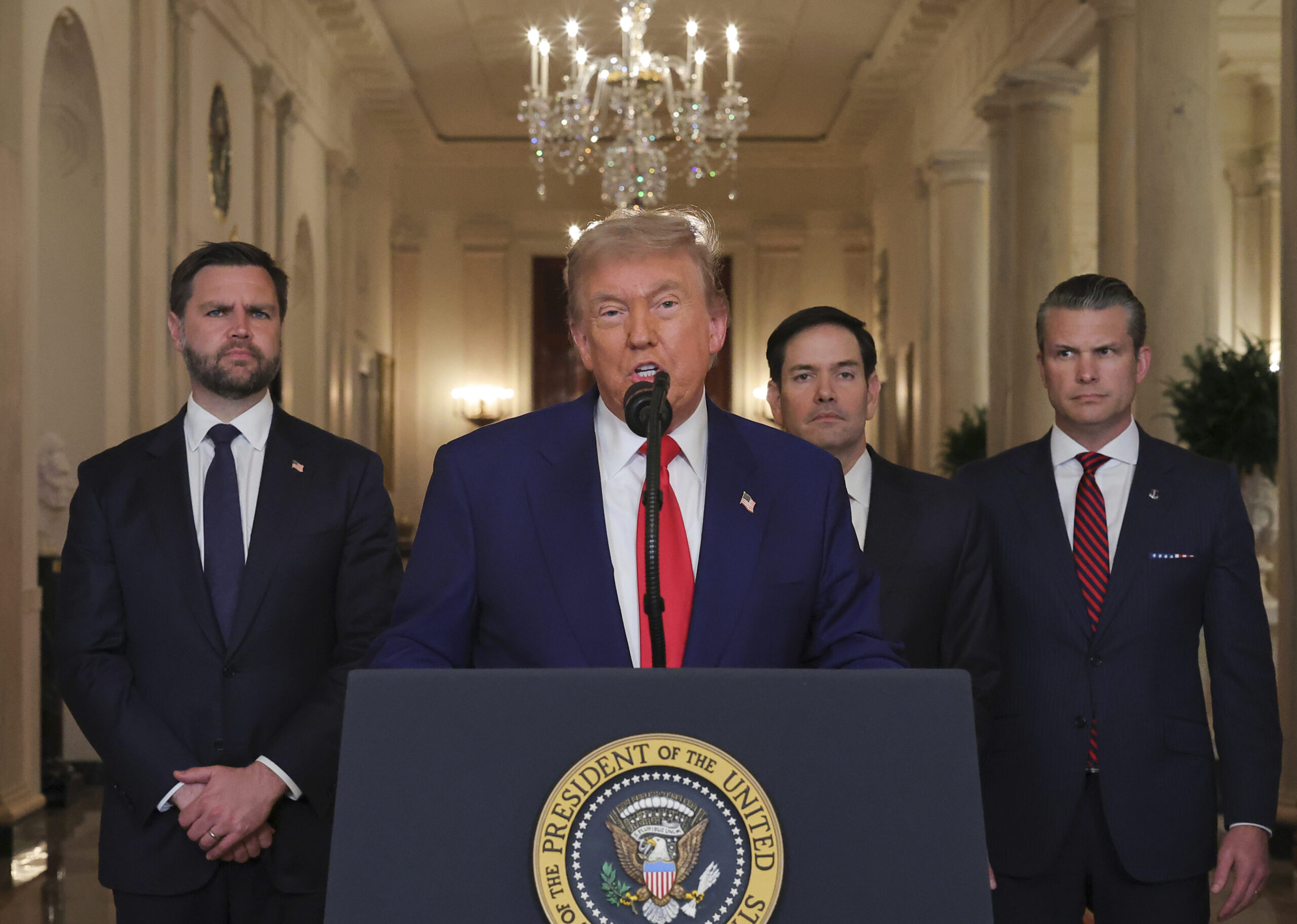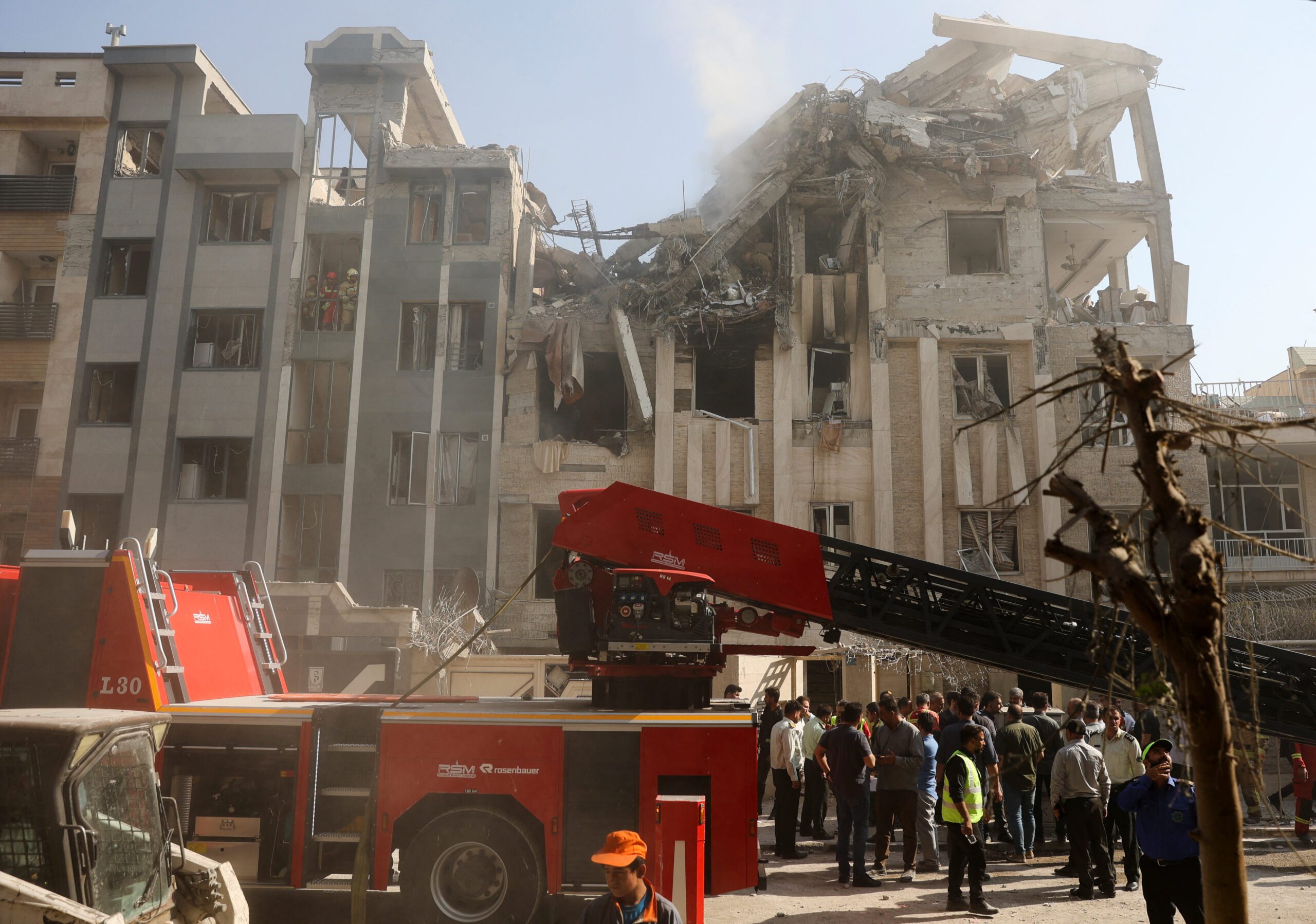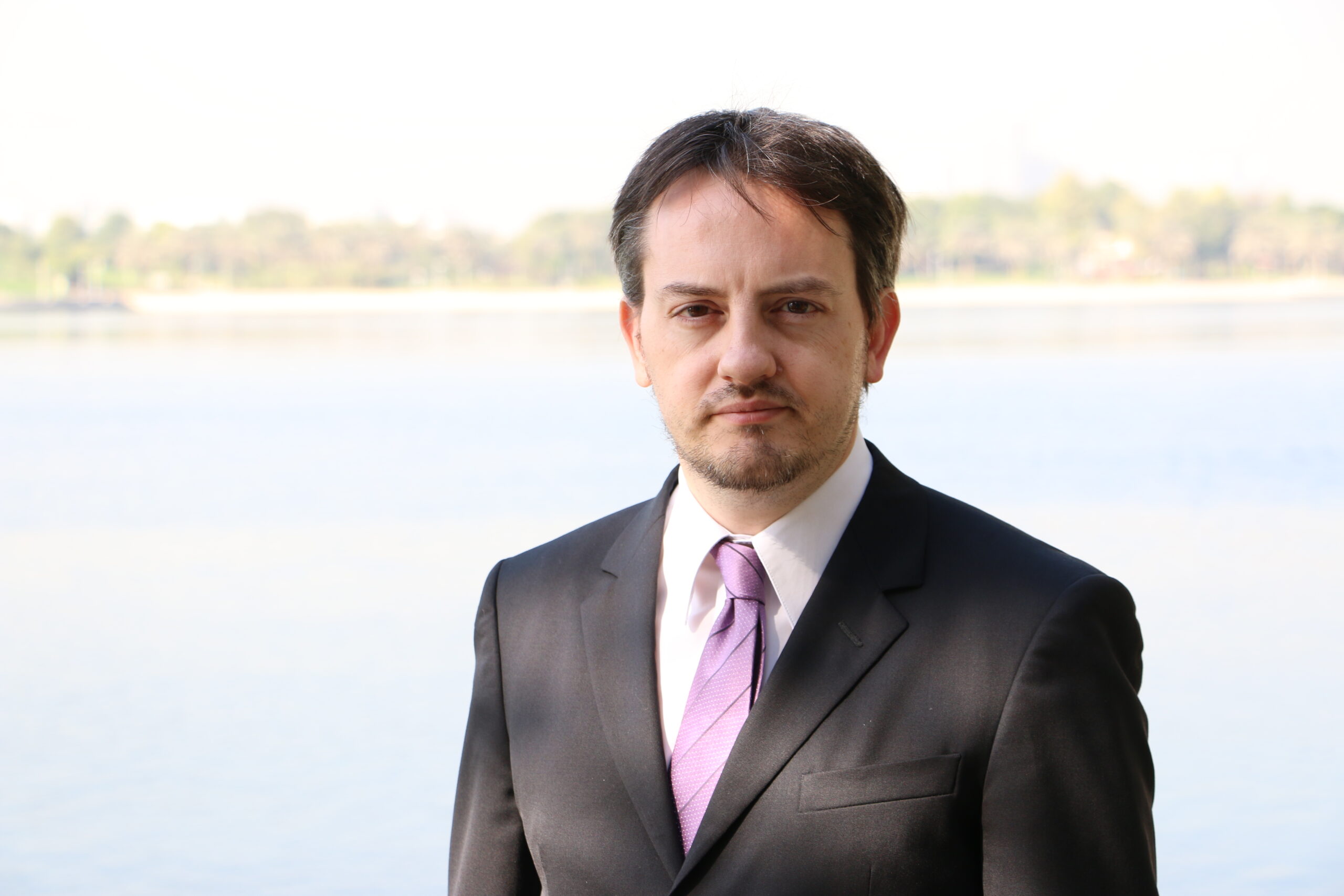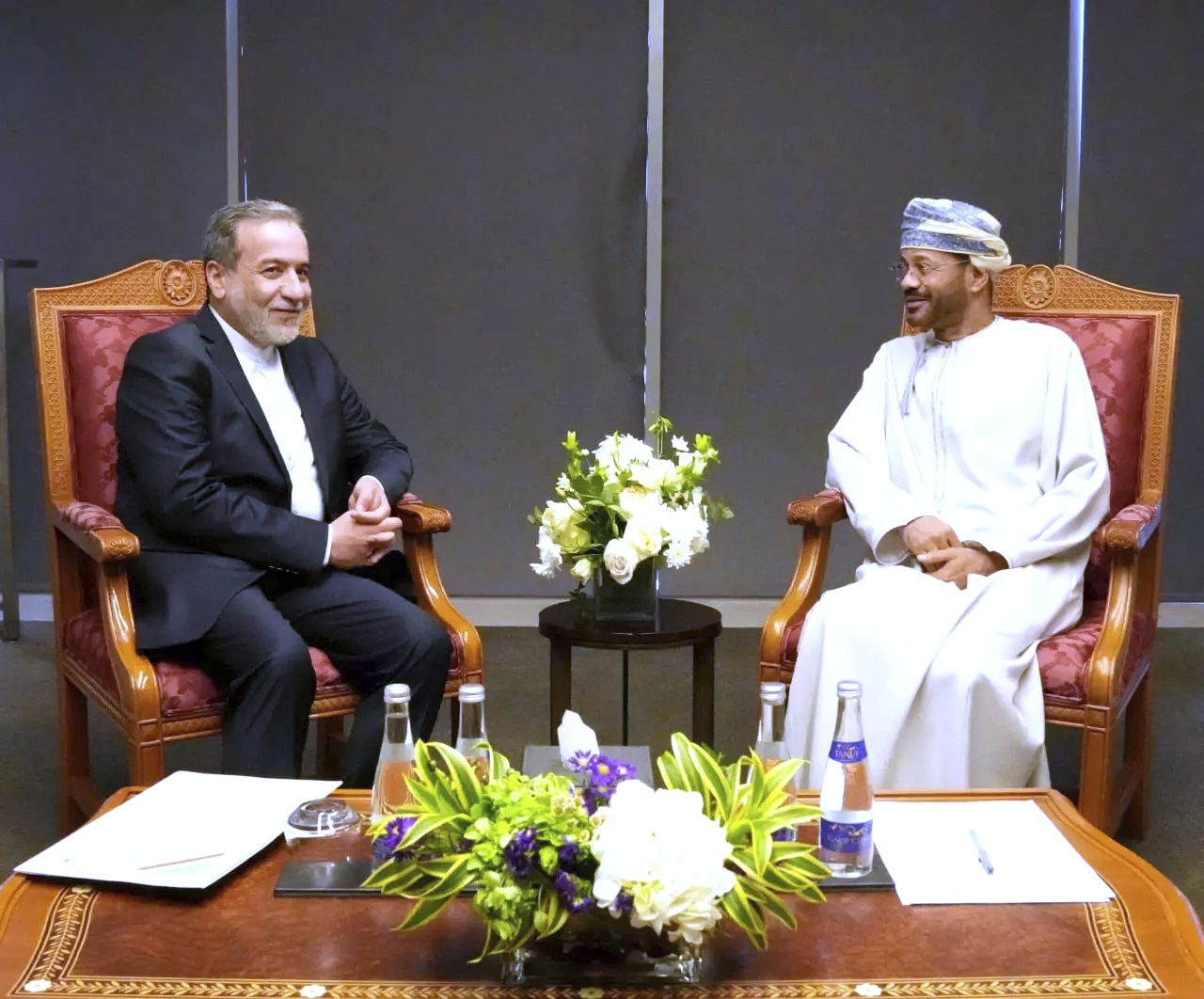Oct 31, 2025
Iran: Bleak Economic “Future” Prospects
The October 31 edition of the Iran Media Review considers a report addressing the fragility of Iran’s state-linked financial sector.
On October 25, privately owned Ayandeh (Future) bank was dissolved and merged into Bank-e Melli Iran. Customers were assured that their accounts and deposits remain safe. However, the bank’s $4.67 billion debt to the Central Bank of Iran – of which $1.2 billion appears to have been extended as loans to a small circle of politically connected individuals and firms either unable or unwilling to repay – will now burden Bank-e Melli’s balance sheet. According to reformist Etemad, more troubling developments may follow. The Social Security Investment Company – a conglomerate that provides financial coverage for roughly half of Iran’s population – may soon face similar scrutiny, raising broader concerns about the structural fragility of Iran’s state-linked financial sector.
- October 29: Reformist Etemad published an article about Iran’s Social Security Investment Company, SHASTA, written by Amir-Reza Etasi:
- “SHASTA … once a symbol of economic power and a source of hope for millions of insured Iranians, now stands at a historic crossroads. This vast holding company, which owns strategic stakes in Iran’s petrochemical, cement, pharmaceutical, and mining sectors, might at first glance appear to be an attractive investment opportunity. Yet a deeper look into its structure and performance reveals a troubling picture of managerial and structural dysfunction.”
- “Consolidated operating revenue for the fiscal year ending June 20 grew by 35%, reaching 2,770 trillion rials. However, this growth reflects inflation and currency depreciation, not higher production or efficiency … net profit attributable to the parent company’s shareholders rose only 4%, to 335 trillion rials. This mismatch signals severe margin compression.”
- “Total group assets climbed 24% to 3,541 trillion rials, mainly due to higher inventories and receivables. Yet the slow conversion of receivables into cash suggests weak demand or growing credit risk among customers. On the liabilities side, total debt grew 26%, with short-term loans up 27%, revealing increasing dependence on debt to cover operating expenses.”
- “Sustainable growth will remain impossible unless Iran resolves its energy crisis or SHASTA undergoes a radical governance and strategic overhaul.”
The views represented herein are the author's or speaker's own and do not necessarily reflect the views of AGSI, its staff, or its board of directors.


